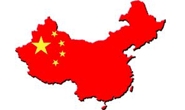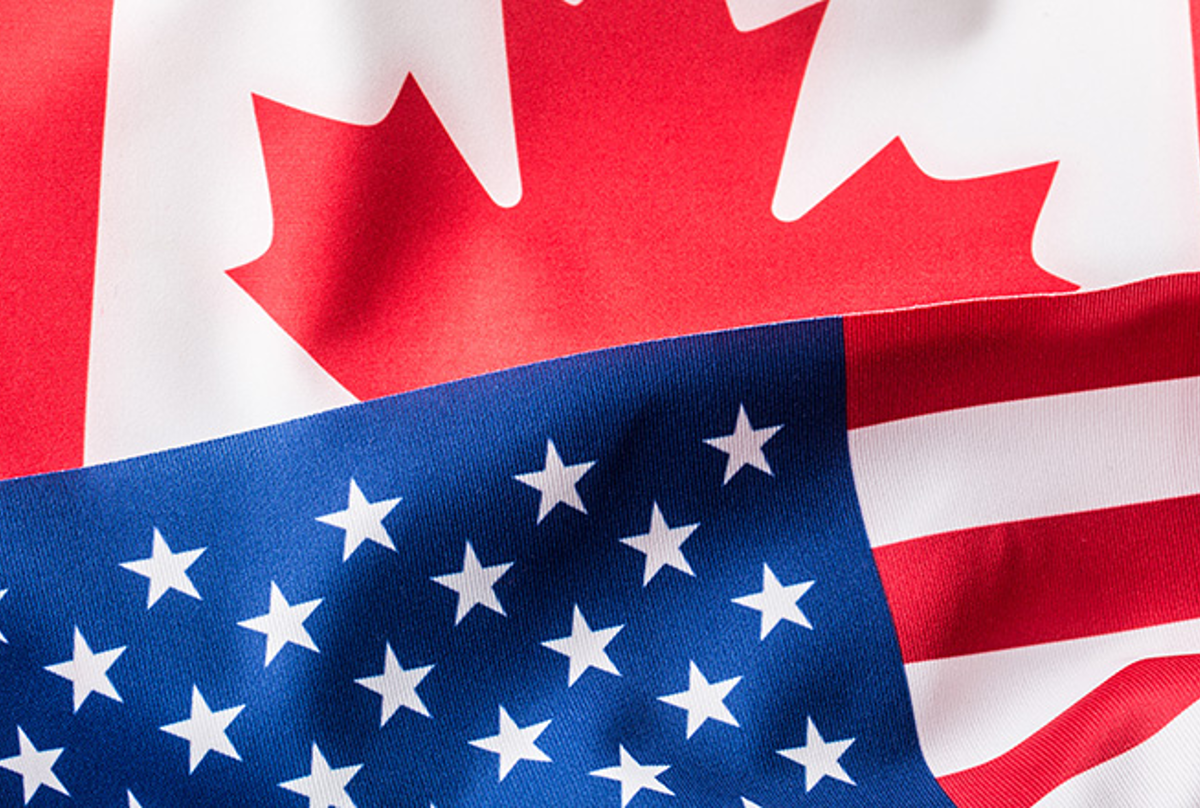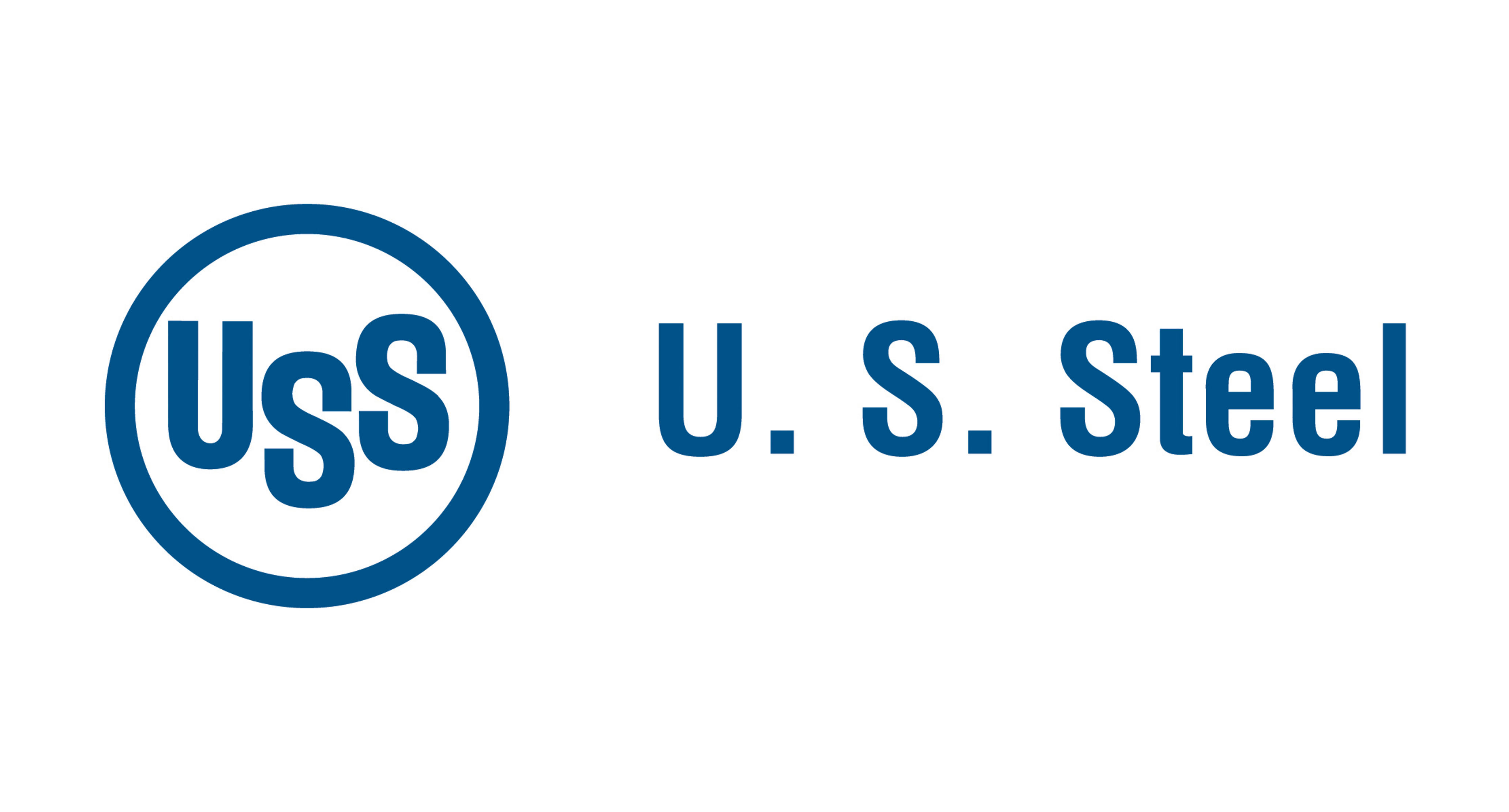Government/Policy

January 15, 2020
U.S., China Sign Phase One Trade Deal
Written by Tim Triplett
In a concession to the Chinese as part of the phase one trade agreement signed Wednesday by President Trump and China’s Vice Premier Liu He, the U.S. will cut Section 301 duties on $120 billion in Chinese goods in half, from 15 percent to 7.5 percent, effective Feb. 14. China has agreed to increase its purchases of U.S. products by $200 billion over 2017 levels.
Trade issues with the Chinese are ongoing, however. The U.S. will maintain 25 percent tariffs on another $250 billion of Chinese products. China will maintain retaliatory tariffs on some U.S. goods.
The Federal Register notice issued by the U.S. Trade Representative on Wednesday stated: “On Dec. 13, 2019, following months of negotiations, the United States and China reached an agreement on a phase one trade deal that requires structural reforms and other changes to China’s economic and trade regime, including with respect to certain issues covered in this Section 301 investigation. The United States and China signed the phase one agreement on Jan. 15, 2020, and the agreement is scheduled to enter into force 30 days thereafter on Feb. 14, 2020. In light of the scheduled entry into force of the phase one agreement, and at the direction of the president, the U.S. Trade Representative has determined that the action announced on August 20, 2019, as modified by the August 30 notice, no longer is appropriate. Specifically, and in accordance with the president’s direction, the U.S. Trade Representative has determined to reduce the level of additional duties from 15 percent to 7.5 percent on products of China covered by Annex A of the Aug. 20 notice, effective Feb. 14, 2020….”
“Yesterday the U.S. Trade Representative released a Federal Register notice halving the 15 percent tariffs on products in List 4A—products hit with tariffs as of Sept. 1, 2019. This was part of the phase one deal with China signed yesterday. As a reminder, the exclusion deadline for List 4A products remains Jan. 31. The new Federal Register notice does not mention the exclusion process; therefore, there is no change in that schedule,” reported Washington trade attorney Lewis Leibowitz.
If honored by both sides, the eight-part phase-one agreement will lead to an increase in sales of U.S. goods and services to China and provide new protections for trade secrets and intellectual property. But many difficult trade issues are still to be addressed in the next round of negotiations between the two nations in control of the world’s largest economies.







